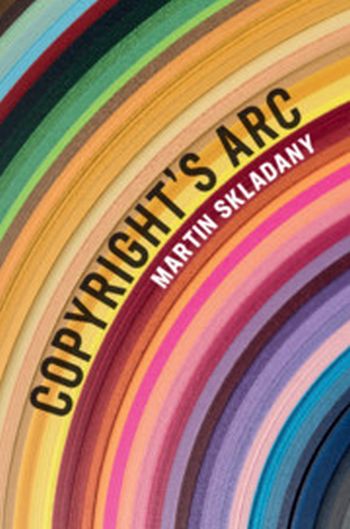We are now closed for the Christmas and New Year period, returning on Monday 5th January 2026. Orders placed during this time will be processed upon our return on 5th January.

In Copyright's Arc, Martin Skladany rejects a one-size-fits-all copyright regime.
Within developed countries, copyright's incentives have spawned multinational corporations that create a plethora of slick, hyped entertainment options that encourage Americans to overconsume, whereas in developing countries, extreme copyright blocks the widespread distribution of entertainment, which impedes women's equality and human rights movements. Meanwhile, moderate copyright in middle-income countries helps foster artistic movements that forge inclusive national identities. Given these conditions, Skladany argues that copyright should vary between countries, following an arc across the development spectrum.